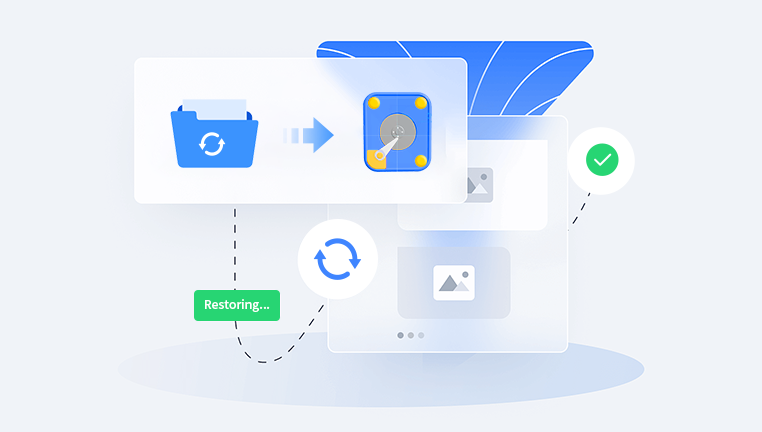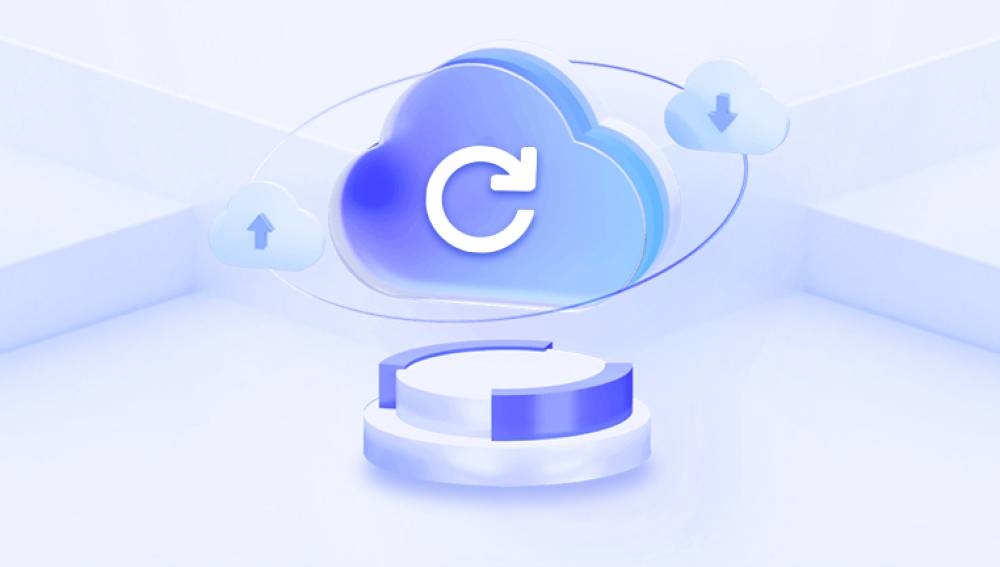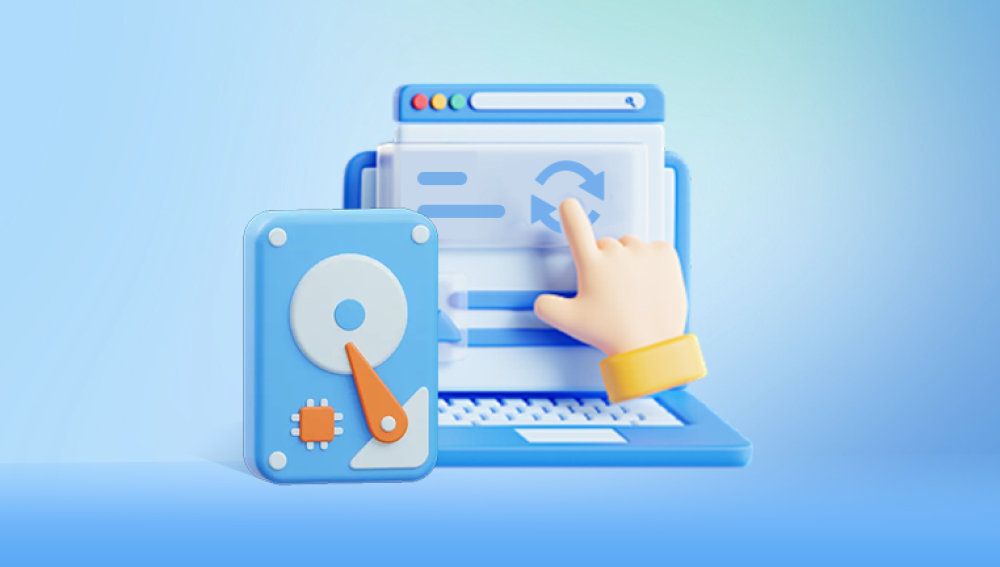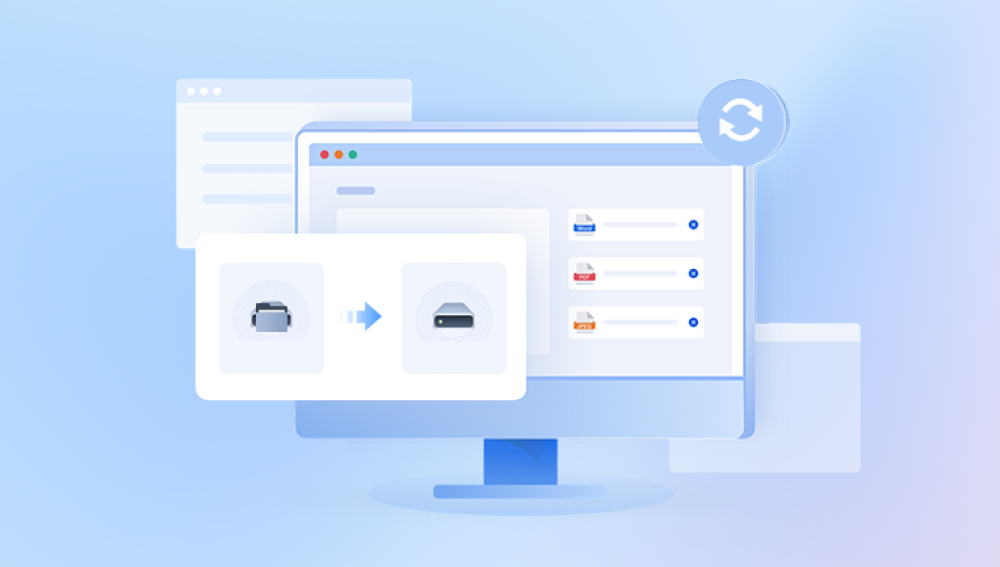Using a Toshiba external hard drive involves several steps, from setting it up to managing files and troubleshooting issues.
1. Introduction to Toshiba External Hard Drives
Toshiba external hard drives are popular for their reliability, capacity, and ease of use. They are typically used for backup, data transfer, and storage expansion. Understanding how to use them effectively can help you manage your data better.
2. Choosing the Right Toshiba External Hard Drive
Capacity: Toshiba offers various models with different storage capacities, ranging from 500GB to several terabytes. Choose one based on your needs.
Type: Decide between HDDs (Hard Disk Drives) and SSDs (Solid State Drives). HDDs are more affordable and offer higher capacity, while SSDs are faster and more durable.
Portability: Consider the physical size and weight if you need to carry it around frequently.

3. Unboxing and Initial Setup
Unbox the Drive: Carefully remove the hard drive from its packaging.
Connect the Drive:
USB Connection: Most Toshiba external hard drives use USB for connectivity. Plug the USB cable into the drive and the other end into a USB port on your computer.
Power Supply: Some larger drives may require an external power supply. Make sure to connect it as per the manufacturer's instructions.
4. Formatting the Hard Drive
Before using the drive, you may need to format it, especially if it’s new or if you plan to use it with different operating systems.
Windows:
Open Disk Management: Right-click on the Start button and select "Disk Management."
Locate Your Drive: Find the Toshiba external hard drive in the list of drives.
Format the Drive: Right-click on the drive and select "Format." Choose the desired file system (NTFS for Windows, exFAT for cross-platform compatibility).
Complete the Format: Follow the prompts to complete the formatting process.
macOS:
Open Disk Utility: Go to Applications > Utilities > Disk Utility.
Select Your Drive: Click on the Toshiba external hard drive in the sidebar.
Erase the Drive: Click "Erase" and choose the file system (APFS or Mac OS Extended for macOS, exFAT for cross-platform).
Confirm: Click "Erase" to format the drive.
5. Transferring Files
Drag and Drop:
Windows: Open File Explorer, locate the files you want to transfer, and drag them to the external hard drive.
macOS: Open Finder, select the files, and drag them to the external hard drive.
Copy and Paste:
Windows: Right-click on the files, select "Copy," navigate to the external drive, right-click, and select "Paste."
macOS: Right-click on the files, select "Copy," navigate to the external drive, right-click, and select "Paste."
6. Backing Up Data
Windows Backup:
Open Settings: Go to Settings > Update & Security > Backup.
Add a Drive: Click "Add a drive" and select your Toshiba external hard drive.
Set Up Backup: Follow the prompts to configure backup settings.
macOS Backup:
Use Time Machine: Connect your Toshiba external hard drive and open Time Machine (System Preferences > Time Machine).
Select Backup Disk: Choose the external drive as your backup disk and follow the setup instructions.
7. Ejecting the Hard Drive
Always eject the external hard drive safely to prevent data corruption.
Windows:
Click the "Safely Remove Hardware" icon in the system tray and select your external hard drive.
Wait for a notification that it's safe to remove the hardware.
macOS:
Drag the external hard drive icon to the Trash, which turns into an Eject icon.
Wait for the drive to disappear from the desktop before unplugging it.
8. Troubleshooting Common Issues
Drive Not Recognized:
Check Connections: Ensure the USB cable and ports are functioning correctly.
Try a Different Port: Use another USB port on your computer.
Update Drivers: Ensure you have the latest drivers installed for your external hard drive.
Slow Performance:
Defragmentation: If using an HDD, defragment it to improve performance (Windows only).
Check for Errors: Run disk check utilities to identify and fix errors.
Data Recovery:
Use Data Recovery Software: If files are accidentally deleted or the drive is corrupted, use software like Recuva, EaseUS Data Recovery Wizard, or Disk Drill.
Professional Services: For severe data loss, consider professional data recovery services.
9. Maintaining Your Hard Drive
Regular Backups: Keep your data backed up regularly to avoid loss.
Proper Handling: Avoid dropping or exposing the drive to extreme temperatures or moisture.
Software Updates: Keep your operating system and any associated software updated for optimal performance.
10. Conclusion
Toshiba external hard drives are versatile tools for data storage and backup. By following these steps, you can effectively set up, use, and maintain your drive, ensuring that your data remains secure and accessible.




